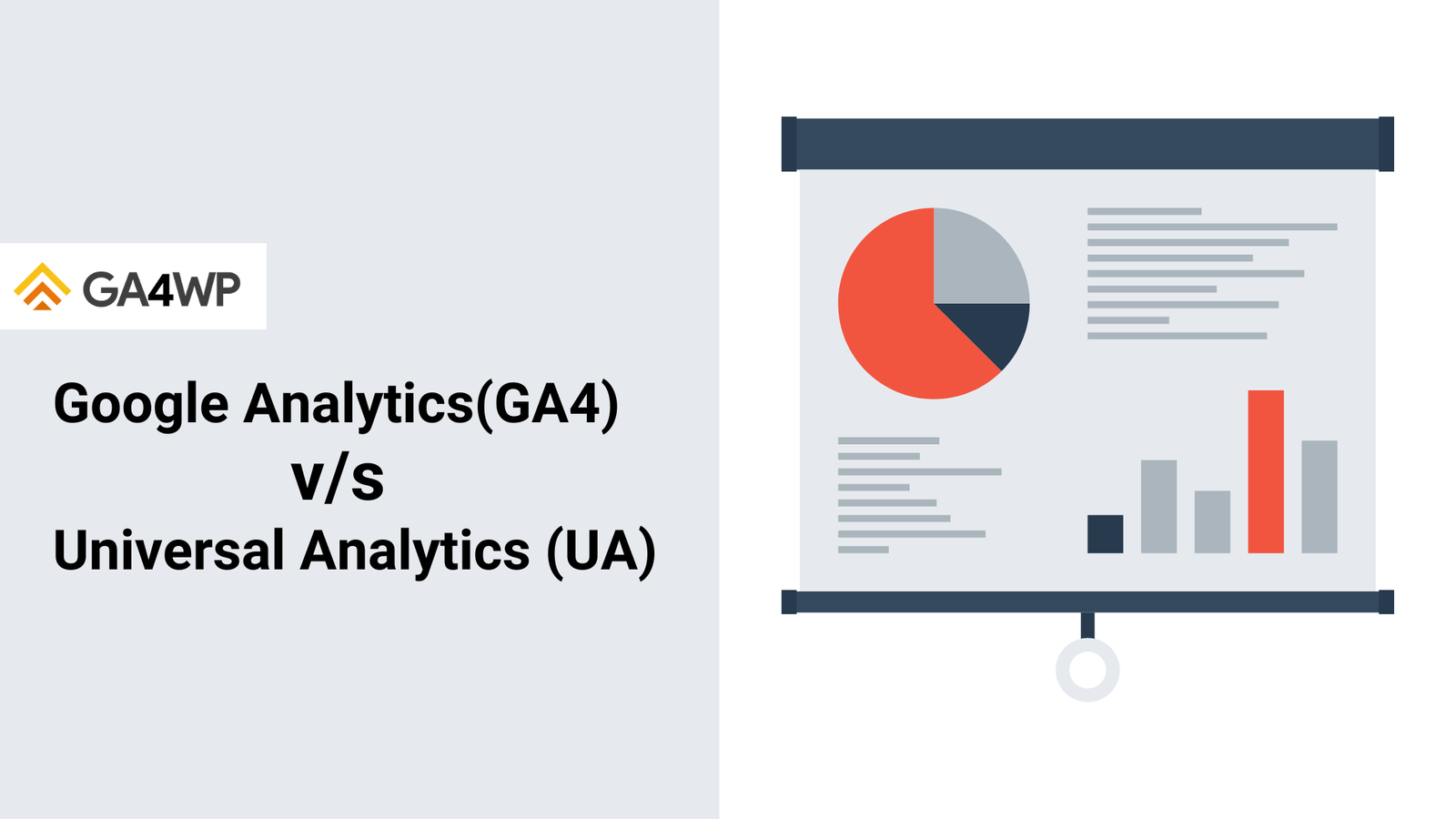Google Analytics 4 (GA4) is the newest version of Google’s web analytics platform, and it has been designed to offer more data and insights than its predecessor, Universal Analytics (UA).
The main differences between GA4 and UA are found in the following areas:
Data Collection
GA4 utilizes an event-based data model, which means that the data is collected in real-time and stored per event. This allows GA4 to provide more detailed insights than UA, particularly in the areas of user engagement, user behavior, and user segmentation.
In addition, GA4 also offers predictive analytics, allowing users to gain insights into potential future user behavior. UA does not have this feature.
Tracking
GA4 is able to track a wide range of events and user activities, including page visits, page scrolling, link clicks, downloads, form submissions, and more. UA tracks more basic metrics such as page views, time on page, and bounce rate.
Measurement
GA4 has a more advanced measurement system than UA, as it is able to track and measure user engagement over time. This enables users to gain insights into the performance of their website and identify areas of improvement. UA does not have this feature.
User Interface
The user interface of GA4 is much more intuitive than that of UA. It allows users to quickly identify and analyze trends in their data, and create customized reports.
Complexity
GA4 is more complex than UA, particularly for larger websites. UA is more suitable for smaller websites as it offers a simpler and more easy to grasp data solution.
In conclusion, GA4 is a much more advanced analytics platform than UA, offering more data and insights, an event-based data model, predictive analytics, and a more intuitive user interface. However, it does come with a significantly higher complexity.











Add comment